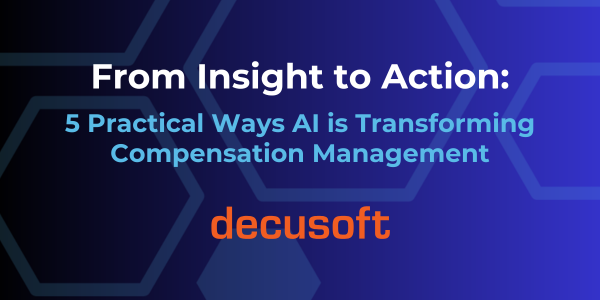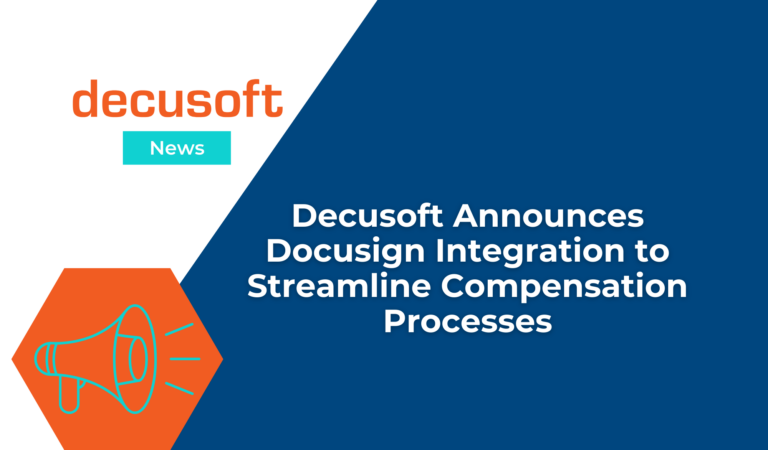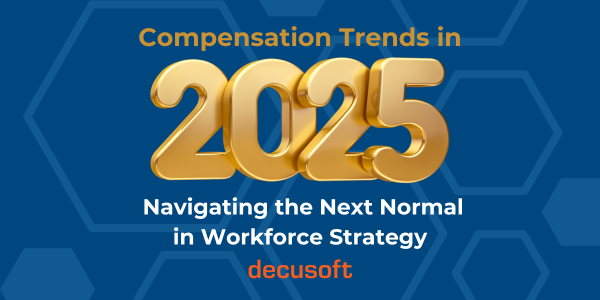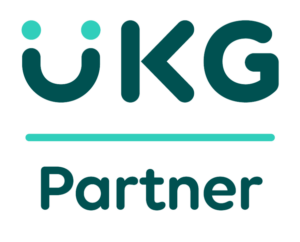Successful businesses understand the importance of good talent. The right staff can make the difference between success and failure for many organizations. However, managing and refining internal processes require developing better employee acquisition and management solutions.
Finding and retaining employees with the necessary skills and experience takes time and money that could be used elsewhere. This conflict means organizations often make the mistake of hiring the wrong individuals for the job so they can save time and money.
While this might be practical in the short term, there can be long-term consequences when the right talent isn’t secured. Talent analytics allow businesses to leverage data to make better hiring decisions so they can focus on their core missions.
What Is Talent Analytics?
Hiring and retaining employees who match internal needs can be a difficult and fraught process. Going through piles of applicants who don’t match the necessary criteria can be tedious and leaves room for mistakes.
Compensation and HR professionals who require insights into internal and external labor pools turn to talent analytics for better decision-making.
Talent analytics is a transformational system for talent acquisition. Statistical analysis assisted by modern data collection technologies and software help employees define criteria that are crucial for success.
By collecting and assessing data associated with working professionals, their strengths and weaknesses, and how well they might adapt to a given working environment, employers can use hiring pools to find the best team members to fill their internal needs.
Talent Analytics in Practice
With predictive software platforms, compensation and HR professionals have access to workforce insights so they can look at the facts to determine the strengths and weaknesses of each candidate or employee individually. This insight is essential for quickly and effectively assessing candidates from large pools of data.
Talent analytics allow employers to communicate where employees are doing well and where they might need more training. Key insights offered by talent analytics help decision-makers predict how certain individuals might perform when transitioning between roles.
Employers can make intelligent decisions when hiring or considering internal promotions. This approach is important for incentivizing employees and giving them ways to improve how they handle their roles and responsibilities.
By incorporating talent analytics into their employee hiring and retention pipeline, businesses can ensure they get the best individuals for the job.
Why Is Talent Analytics Important?
Talent analytics allow companies to find and retain talent within an increasingly competitive workforce. The use of software and other tools to define and predict the success or failure of potential candidates makes it easier for compensation and HR professionals to do their jobs.
Organizational leaders often have difficulties properly training their workforce or defining specific roles and responsibilities. Strategic decision-making means employers can get real insights into their internal processes so they can improve operations. This approach means there will be less upfront training required.
5 Ways Talent Analytics Can Help Your Business
Compensation and HR professionals use talent analytics to reduce complexities and stay competitive with a fast and cost-effective hiring process. Collecting and monitoring valuable HR data will give your business the insights it needs to stay on top.
With talent analytics, decision-makers can look at vital metrics to ensure the most important positions are filled. Employees who can advance in their roles have better job satisfaction and are more interested in the successes and failures of the companies that they work for. This mobility ensures businesses can retain their best talent.
1. Create Opportunities
For many businesses, the constant search for more talent leaves them unable to focus on those loyal employees that they already have working for them.
With talent analytics, compensation and HR professionals can see real-time metrics associated with their hiring practices, allowing them to make better decisions using huge volumes of information.
Talent analytics allow users to see how much time and money is spent finding and training new employees. Employers can look at where specific individuals were hired from so they can create better sourcing solutions.
With talent analytics, leaders can track and manage their HR resources. This tracking means that decision-makers will be better equipped to find and mentor future leaders, allowing them to retain a mature and knowledgeable staff capable of generating higher earnings.
2. Assess Performance
Businesses that want to get the most out of their workforce require ways to measure individual performance metrics. Better transparency allows businesses to look at skill gaps and consider who would best fill them. Ongoing tracking and analysis of staff expectations ensure better communication with employees.
Employers that deploy talent analytics within their HR pipelines can get better feedback through comprehensive staff assessments. This feedback allows them to look at how specific behaviors, attitudes, and values affect wanted or unwanted outcomes.
Key metrics can highlight how well individuals and teams work together. By assessing the strengths and weaknesses of each candidate, employers are better equipped to provide training when it’s needed.
Talent analytics allow decision-makers to leverage existing talent and put people where they need to be. This approach means highlighting employee competencies and defining how they can be used to improve business flows.
3. Generate Engagement
One of the biggest factors associated with employee success is how excited they are to be a part of their employer’s organization. Compensation and HR professionals can use talent analytics to deploy better outreach toward their workforce to make sure employees are happy.
Employers need to have strategies in place to help their employees improve. With talent analytics, employers can create better education and training programs to ensure their workforce has access to the tools needed for career advancement.
This strategy allows leaders to make themselves available for hands-on training and to answer questions that might arise.
Talent analytics help employers assess why employees succeed or fail. Understanding what employees want and what their expectations are in filling a specific role will help decision-makers create a positive working environment. With talent analytics, employers can offer better advice and ensure they reward top performers.
4. Predict Changes
Businesses that require a professional staff have to keep up with the ongoing changes in demand so they can optimize their workforce. Talent analytics provide measurable data points that empower compensation and HR professionals to assess trends and act accordingly by hiring only the most talented staff for positions that need to be filled.
Talent analytics provide users with insights into business growth patterns so they can predict how market fluctuations will impact hiring requirements. Decision-makers faced with increased staffing demand or the need for more specific types of talent can benefit from intelligence-driven platforms.
By looking at the size of their workforce and determining whether it can meet demand, businesses can eliminate wasteful spending.
Understanding technological changes and how they can render specific positions obsolete allows employers to build long-term growth strategies. This approach means ongoing training and advancement to ensure the most loyal employees are retained even if their current positions are no longer required.
5. Build Strategies
When focused on finding talent, compensation and HR professionals can sometimes lose sight of their end goals. Finding the best employees means making critical judgments about which talent to hire and which positions that talent is required to fill.
Decision-makers need to recognize opportunities to find and retain talent when they become available. This recognition means prioritizing talent acquisition by outlining the roles and responsibilities that are required to meet core objectives.
By setting goals and defining long-term plans, businesses can make pragmatic, data-driven decisions to locate the best pools of talent. A thriving workforce will ensure long-term success. Set standards to add meaning to the role.
Creating processes that are consistent and simple to follow improves fairness and reduces bias. Transparency allows potential talent to see what benefits you have to offer.
Create workforce management solutions tailored to fit the needs of your business with talent analytics.
Decusoft Delivers Analytics and Insight for Better Hiring
For employers that want to build better hiring practices, Decusoft offers people analytics for improved hiring and retention. Our sophisticated people analytics solutions offer real-time predictive capabilities that streamline decision-making and give employers the insight to plan and execute their talent acquisition strategies.
Don’t waste time and energy managing your staffing solutions alone. Our performance management and employee engagement models will help you redefine your workforce. We’ve built our best-in-class compensation and workforce management platform to give you unmatched service and value.
Elevate your talent analytics with simplified people data that lets you create visualizations and reports for your most essential use-cases.
If you want to create better employee experiences, Decusoft provides the tools for transforming interactions and defining goals. Whether you’re in retail, finance, energy, or law, we’re here to provide you with a responsive and secure working environment so you can focus on your core business model.
Our compensation management and analytics platforms were designed to elevate your business.
Try Decusoft’s compensation analytics platform!




